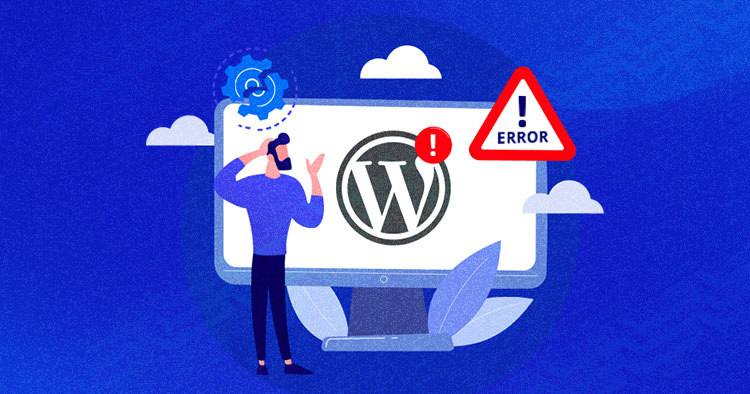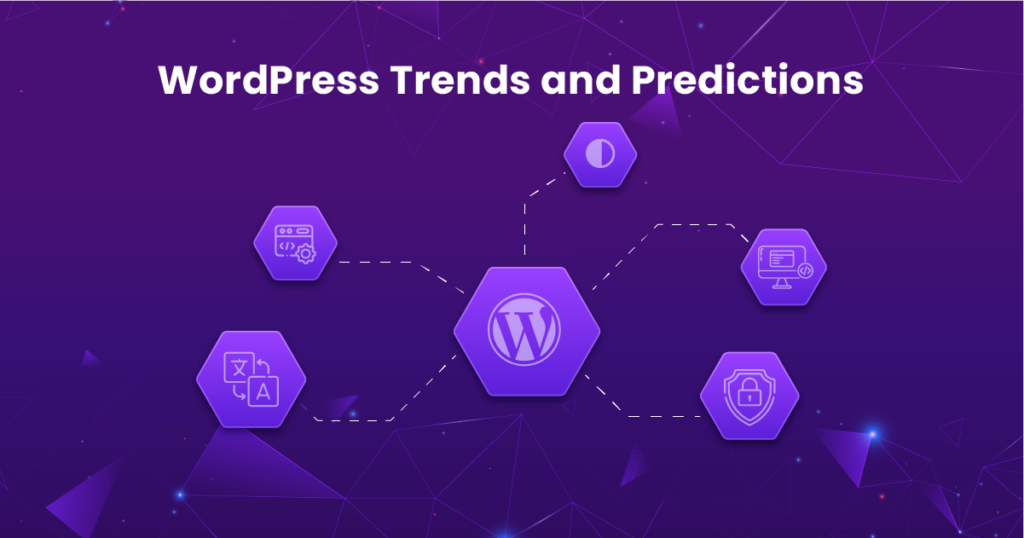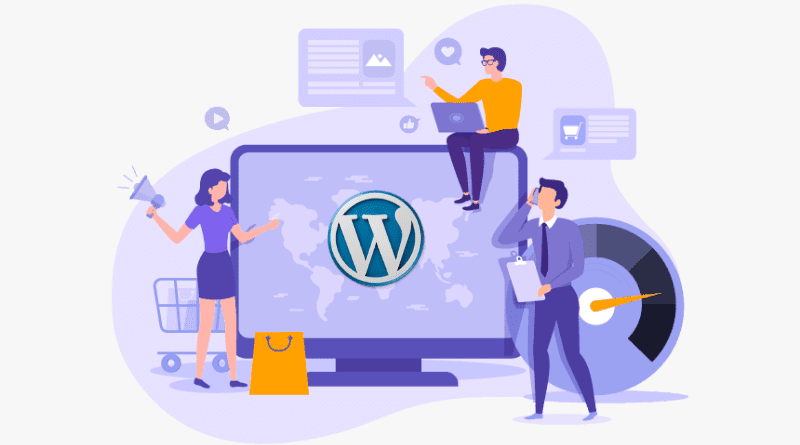Common WordPress Development Issues and How to Solve Them

WordPress, powering a significant portion of the internet, is a versatile platform for web development. However, like any complex system, it comes with its set of challenges. In this article, we’ll explore some common WordPress development issues that developers often encounter and provide effective solutions to overcome them.
1. Theme and Plugin Compatibility Issues
Issue:
Themes and plugins may not always play nicely together, leading to layout distortions, broken functionalities, or even site crashes.
Solution:
- Regularly update themes and plugins to their latest versions.
- Verify compatibility by checking the theme and plugin documentation.
- Disable plugins one by one to identify the conflicting one.
- Use a staging environment to test updates before applying them to the live site.
2. WordPress White Screen of Death (WSOD)
Issue:
Encountering a blank screen on your WordPress site, commonly known as the White Screen of Death (WSOD), can be frustrating and challenging to troubleshoot.
Solution:
- Enable WordPress debugging by adding
define('WP_DEBUG', true);to yourwp-config.phpfile. - Check for syntax errors in your theme or plugin files.
- Deactivate recently added themes or plugins.
- Increase PHP memory limit by editing the
php.inifile.
3. Slow Page Load Times
Issue:
A slow website can lead to poor user experience, high bounce rates, and lower search engine rankings.
Solution:
- Optimize images and use a caching plugin.
- Minimize HTTP requests by reducing the number of external scripts.
- Utilize a Content Delivery Network (CDN) to distribute content globally.
- Compress and combine CSS and JavaScript files.
4. Database Connection Errors
Issue:
Issues with the database connection can disrupt your site’s functionality and lead to error messages.
Solution:
- Verify database credentials in the
wp-config.phpfile. - Repair the database using tools like phpMyAdmin.
- Increase the MySQL connection timeout in the
my.cnffile.
5. Security Vulnerabilities
Issue:
Security is a paramount concern, and vulnerabilities can lead to hacks, data breaches, and other malicious activities.
Solution:
- Regularly update WordPress core, themes, and plugins.
- Use strong passwords and implement two-factor authentication.
- Install a security plugin to monitor and enhance site security.
- Regularly perform security audits and vulnerability assessments.
6. Issues with Custom Post Types and Taxonomies
Issue:
Creating custom post types and taxonomies may sometimes result in unexpected behavior or errors.
Solution:
- Double-check the code for typos and syntax errors.
- Verify that custom post types and taxonomies are registered correctly.
- Use tools like Custom Post Type UI or Pods for a user-friendly approach.
7. Responsive Design Challenges
Issue:
Ensuring a consistent and responsive design across various devices can be challenging.
Solution:
- Test your website on multiple devices and browsers.
- Use CSS media queries for responsive styling.
- Leverage frameworks like Bootstrap or Foundation for responsive grid systems.
8. Issues with Permalinks
Issue:
Incorrect permalink settings can result in broken links and affect SEO.
Solution:
- Update the permalink structure in the WordPress settings.
- Ensure that the
.htaccessfile has the correct configuration. - Use a plugin to customize and manage permalink structures.
Conclusion: Overcoming WordPress Development Challenges
While WordPress provides an excellent foundation for website development, addressing common challenges is crucial for a smooth and efficient development process. By staying informed, employing best practices, and using the right tools, developers can navigate these issues effectively, ensuring a robust and reliable WordPress website.



